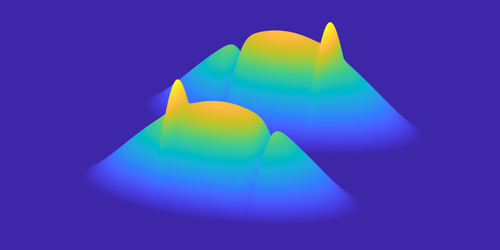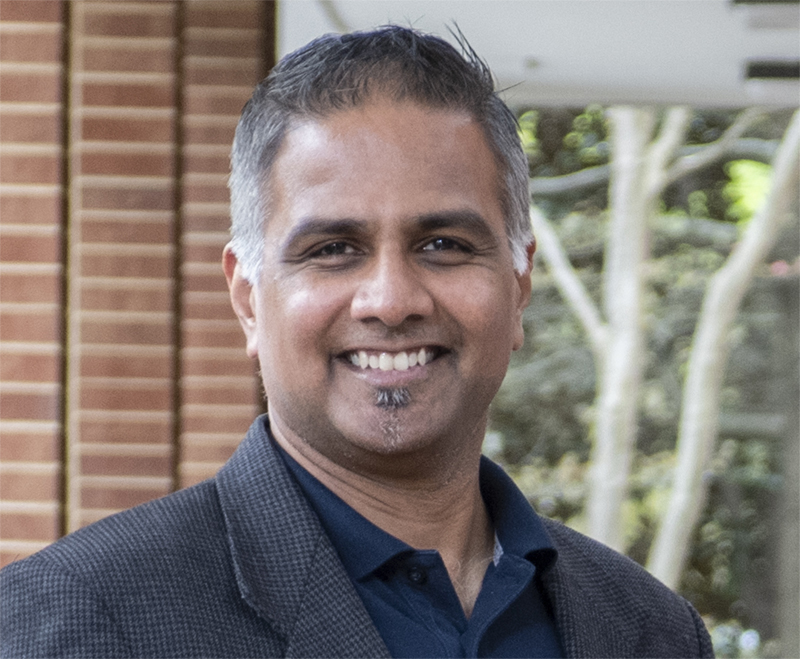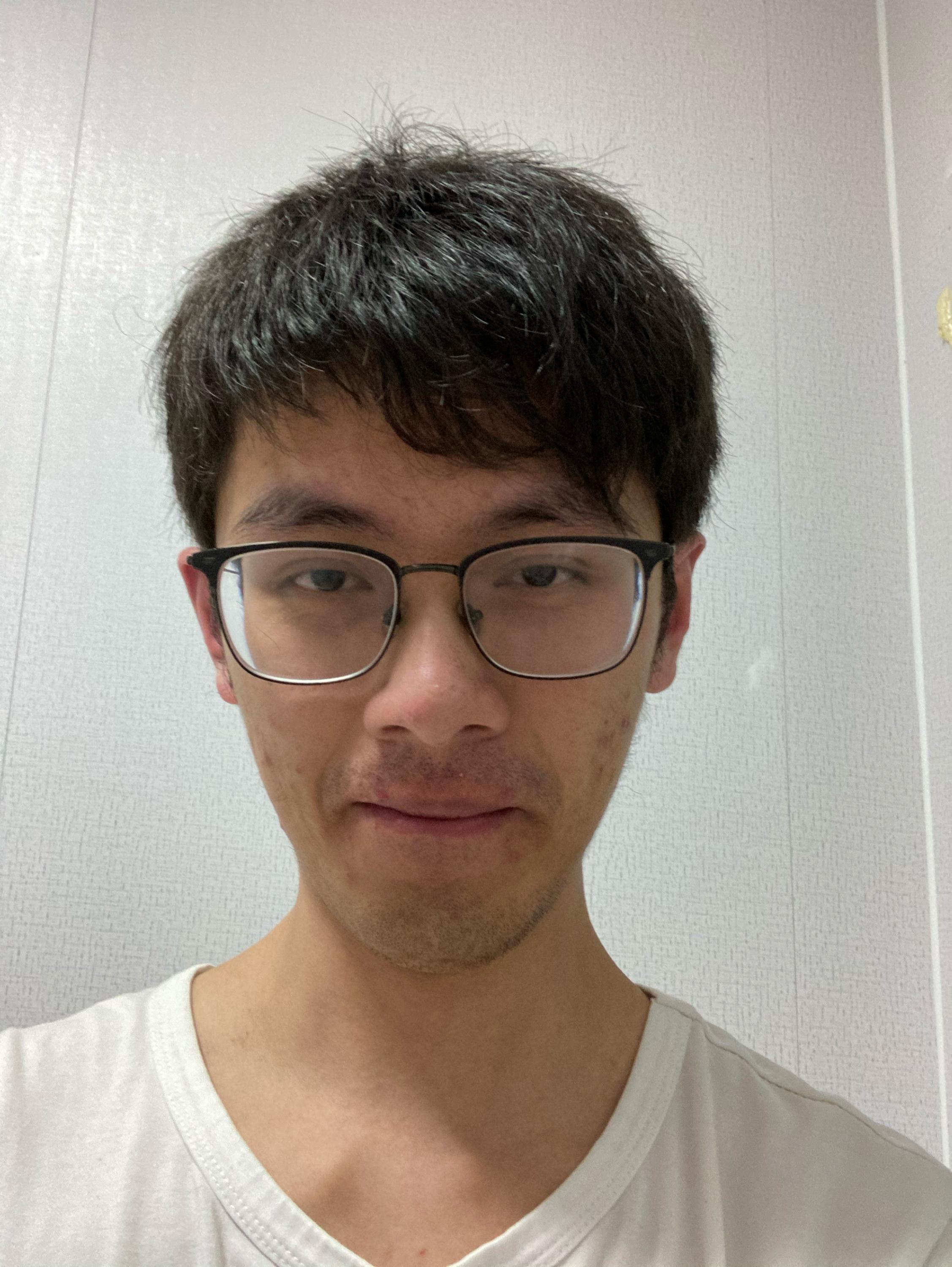This release by Christopher Crockett first appeared on APS Physics. It has been updated for College of Sciences audiences, and is followed by a brief interview with Chandra Raman, professor in the School of Physics at Georgia Tech.
Most waves lose their shape as they travel, but solitons defy that behavior. These self-reinforcing waves are ubiquitous in natural and artificial environments such as rivers, optical fibers, and even Bose-Einstein condensates (BECs; see Synopsis: Solitons of All Speeds). Now, two teams of researchers have independently created magnetic solitons in a BEC made from atoms with different spins. The experiments establish a new playground for further exploration of quantum solitons.
The teams were led by School of Physics professor Chandra Raman, and Giacomo Lamporesi of the University of Trento in Italy. While the details vary, both teams used similar experimental setups. They prepared an elongated BEC with a 50-50 mix of intermingled spin-up and spin-down sodium atoms. They then fired a laser pulse at the BEC. The laser’s illumination pattern and wavelength were chosen to “kick” the spin-up and spin-down atoms in opposite directions: for a particular choice of circular polarization, the spin-down atoms were drawn toward the light, while the spin-up atoms were repelled. This effect sent a slow-moving, self-reinforcing ripple through the spin-up atoms in one direction and a similar ripple through the spin-down atoms in the other direction.
Both teams also engineered ‘collisions’ between the magnetic solitons by altering the laser pulse to generate pairs of solitons at opposing ends of the BEC. When the solitons met in the middle, they passed right through one another. Raman says that he and his team hope to explore such scenarios in more detail, looking for situations where the solitons get distorted. They also plan to generate trains of magnetic solitons to see how they interact. Lamporesi’s group hopes to expand this research to 2D and 3D systems, where structures in the BEC, such as magnetic vortices, could be leveraged to mimic some phenomena in high-energy physics.
The groups’ research was recently published in Physical Review Letters.
The Raman Lab at Georgia Tech
Raman’s experimental atomic physics group manipulates atoms to discover new phenomena and to learn fundamental physics, with an ultimate goal to “harness the power of atoms to realize novel quantum sensors with new detection modalities beyond what is possible in classical physics”.
Two of Raman’s graduate students, Xiao Chai and Di Lao, were co-first authors on the Tech team’s work, which will now explore those collision scenarios where solitons get distorted, along with creating trains of magnetic solitons.
“Now that we can controllably create solitons, we can study their interactions,” Raman explains. “With a variant on the technique of laser beam magnetic shadowing that we have used, we can engineer one to multiple solitons at spatially distinct locations, and with controlled velocities, to see how they interact.”
“Ordinary theory predicts that solitons should pass through one another without getting distorted, something that we can test in the lab,” he adds. “One goal would be to eventually create ‘soliton matter’ — a large array of interacting solitons. In this regime, the solitons themselves might behave like their own fluid, by analogy with the individual molecules comprising an ordinary fluid. This is the main focus of our current work.”
Raman notes that “these solitons are very special because they occur in a quantum system — a Bose-Einstein condensate. Many solitary waves in nature occur within media — water waves, for example — for which there is no possibility of quantum behavior.”
He adds that, while people have suggested that quantum solitons might carry quantum information, “the results we have obtained in our system so far provide no signature of ‘quantum-ness’,” although, “it would be intriguing to look for quantum signatures in unusual places, as you never know what you may find and how it might be useful.”
For More Information Contact
Jess Hunt-Ralston
Director of Communications
College of Sciences at Georgia Tech






